Logo Design Trend: Keeping Up with Trends vs. Staying Basic

Source: Jahid Hasan, Trimax - Brand Identity Design, Dribbble, https://dribbble.com/shots/19625547-Trimax-Brand-Identity-Design
In the dynamic world of branding, the logo stands as the cornerstone of a company's visual identity, influencing customer perceptions and brand recognition. The decision between embracing current logo design trends or maintaining a basic, timeless aesthetic is pivotal for businesses aiming to establish a strong market presence. While trendy logos can capture the zeitgeist, offering a fresh and modern feel, they risk becoming outdated as visual preferences evolve. On the other hand, a basic logo design prioritizes simplicity and longevity, potentially ensuring enduring relevance in the market.
This article explores the merits and challenges of "Keeping Up with Trends vs. Staying Basic" in logo design, providing valuable insights for businesses and designers alike. As the digital landscape shifts and consumer behaviors change, understanding the implications of these choices becomes crucial for anyone involved in crafting a brand’s visual identity. Through a balanced examination of both approaches, this discussion aims to equip readers with the knowledge to make informed decisions that align with their branding goals and market positioning.
The Allure of Trendy Designs
Trendy logo designs hold a magnetic appeal, primarily due to their ability to resonate with the current cultural and visual landscape. These designs are often at the forefront of graphic innovation, incorporating cutting-edge typography, vibrant colors, and dynamic shapes that speak directly to modern aesthetics. For startups and brands looking to make a significant impact quickly, a trendy logo can be a powerful tool to capture attention and convey a sense of being up-to-date with the latest in industry and consumer trends. Moreover, these logos often utilize elements that are popular on digital platforms, making them highly shareable and visually appealing in digital marketing contexts.
Brands aiming to target younger demographics find that trendy logos can facilitate a quicker connection with this audience, who value freshness and innovation. The use of modern design principles can also reflect a brand’s commitment to staying relevant and adaptable, traits highly prized in fast-moving sectors such as technology and fashion. Ultimately, the allure of trendy designs lies in their potential to make a brand appear progressive and in tune with its audience, providing a competitive edge in cluttered marketplaces.
Risks of Following Trends
While the appeal of trendy logos is undeniable, the risks associated with following design trends should not be underestimated. One of the main drawbacks is the potential for a logo to become dated as trends evolve. What may look contemporary and cutting-edge today might seem out of place or clichéd as soon as the aesthetic preferences shift, necessitating costly redesigns and rebranding efforts. This transient nature of trends can lead to a lack of consistency in brand identity, which is crucial for building long-term customer recognition and loyalty. Additionally, by adopting a design that conforms to popular styles, brands risk losing their unique visual identity, blending in with countless others that have jumped on the same trend bandwagon.
This can dilute a brand’s distinctiveness, making it harder for consumers to distinguish it from competitors. Furthermore, trendy logos often cater to specific demographics and might not resonate across broader or more diverse audiences. This limitation can hinder a brand’s ability to expand its reach and connect with new market segments. Therefore, while trendy designs can offer immediate gratification and relevance, they come with inherent risks that can impact a brand's sustainability and long-term vision.
Benefits of Staying Basic
Choosing a basic logo design offers significant benefits, primarily centered around timelessness and versatility. A basic logo avoids the pitfalls of trends that come and go, providing a stable and enduring visual identity that can stand the test of time. This approach to logo design emphasizes simplicity, making it easier for customers to recall and recognize the brand across various platforms and contexts. Basic logos are typically not tied to a specific era or style, which means they do not require frequent updates to stay relevant. This can result in significant cost savings on marketing and rebranding over the years. Moreover, a simple and clear design ensures that the logo remains effective and functional across all sizes and applications, from digital media to physical products.
It can seamlessly adapt to different backgrounds and works well in both color and black and white, enhancing its usability. Basic logos also tend to convey a sense of reliability and stability, attributes that are appealing to a broad customer base. They often project an image of trustworthiness and professionalism, making them particularly suitable for industries like finance, healthcare, and education. Overall, by staying basic, brands can maintain a consistent identity that fosters long-term loyalty and recognition, ensuring their logo continues to effectively represent their values and mission without the need for constant revision.

Source: Younique, Topkorn, Dribbble, https://dribbble.com/shots/19320227-Topkorn
Case Studies of Trendy Logos
Trendy logos often make headlines for their bold, innovative designs that mirror the latest aesthetic preferences. A notable example is the logo redesign for a well-known technology company, which embraced a minimalist approach with vibrant gradients and sleek typography to appeal to a younger, tech-savvy audience. This logo successfully captured the essence of the brand’s innovative offerings and aligned with current design trends that emphasize simplicity and digital readability. Another example involves a fashion retailer that updated its logo to include fluid, organic shapes and muted pastel tones, reflecting current trends in fashion and design.
This change helped reposition the brand as trendy and forward-thinking, attracting a new demographic of fashion-conscious consumers. However, these case studies also illustrate the challenges associated with trendy logos. While initially successful, these logos may require updates as trends evolve, leading to additional costs and potential confusion among consumers accustomed to the original branding. Nonetheless, when executed well, trendy logos can significantly enhance a brand's visibility and appeal, demonstrating their ability to resonate deeply with specific target markets at specific moments in time.
Case Studies of Basic Logos
Basic logos are celebrated for their enduring appeal and the ability to withstand the ebb and flow of design trends. A prime example is the logo of a major international bank, which has maintained its simple, typographic design for decades. This logo's classic font and absence of complex graphics have conveyed stability and trustworthiness, crucial for the banking industry. Another iconic example is a global beverage company whose logo has seen minimal changes since its inception. The simple typography and distinctive color scheme have made it one of the most recognized logos worldwide, symbolizing consistency and reliability in the consumer’s mind. These logos highlight the strategic advantage of simplicity; they are easy to recognize and reproduce across a variety of media, from print to digital.
Their scalability also ensures visibility and effectiveness on small mobile screens or large billboards. Basic logos often transcend cultural and language barriers, making them particularly effective for global companies seeking a universal appeal. By focusing on simplicity and clarity, these logos maintain their power and relevance, ensuring a timeless presence in the marketplace. The longevity of these designs proves that a well-crafted basic logo can become a significant asset, contributing to a brand’s identity and legacy.
Audience Perception
Audience perception plays a crucial role in the choice between trendy and basic logo designs. Trendy logos might resonate well with a younger, more dynamic audience that values innovation and modernity. These designs often reflect current aesthetic trends and can quickly draw attention, making them suitable for brands targeting fast-paced markets or those needing to make a bold statement. However, they might not always appeal to older demographics, who may prefer consistency and reliability in brand representations. On the other hand, basic logos are generally perceived as more professional and trustworthy. Their simplicity and clarity ensure that they are easily recognizable and remembered, which is key in building long-term brand recognition.
Basic logos appeal to a broader audience by emphasizing familiarity and stability, qualities that foster loyalty and trust across various consumer groups. For companies with a diverse customer base or those operating in sectors like healthcare, finance, and education, where trust is paramount, a basic logo can be particularly effective. Ultimately, understanding the target audience's preferences and expectations is essential for determining the most appropriate logo design approach, ensuring it aligns with the brand’s identity and marketing goals.
Cost Implications
Choosing between a trendy or a basic logo design can have significant cost implications for a business. Trendy logos, while potentially engaging at first, often require frequent updates to keep up with evolving design trends. This can lead to higher costs in redesign, marketing materials updates, and brand strategy shifts, as businesses strive to remain relevant in a rapidly changing market. These costs are not limited to design alone; they extend to implementing the new logo across all platforms, from digital spaces to physical marketing materials. Conversely, a basic logo design typically incurs fewer costs over time. Due to their timeless nature, basic logos rarely need significant updates, allowing a company to invest once in a design that can serve its purpose for many years.
This longevity means that the initial design, production, and dissemination costs are amortized over a longer period, proving more cost-effective in the long run. Moreover, a consistent logo aids in building brand recognition, which can be more financially beneficial than the quick but fleeting impact of a trendy logo. Businesses must consider these financial factors when deciding on their branding strategy, balancing the appeal of trendiness with the practicality and cost-efficiency of a basic, enduring design.

Source: Younique, PLayback, Dribbble, https://dribbble.com/shots/15558041-Playback
Adapting to Industry Standards
The decision to adopt a trendy or basic logo also depends on a company's industry and the prevailing standards within it. Industries such as fashion, technology, and entertainment often favor trendier logos to reflect innovation and relevance, aligning with consumer expectations that are constantly influenced by the latest styles and technologies. In these fields, staying current can be crucial to competitiveness and market relevance. However, industries like banking, healthcare, and legal services benefit from the trust and stability conveyed by basic logos. These sectors prioritize a logo's ability to signify longevity and reliability, qualities that reassure clients and build professional credibility.
Adapting to industry standards doesn't mean rigidly following norms, but rather understanding the values and expectations of the target audience and how they mesh with current trends. For businesses in dynamic markets, blending trendy elements with a fundamentally simple design can offer flexibility—staying modern without sacrificing consistency. Ultimately, whether leaning towards trendy or basic, the logo should align with industry standards while also setting the brand apart in a meaningful way. This balance ensures that the logo not only meets current market demands but also supports long-term brand building.
Sustainability in Design
Sustainability in logo design transcends environmental considerations—it's about creating a visual identity that remains relevant and effective over time without the need for frequent redesigns. A basic, timeless logo can achieve this by embodying the core values and mission of a brand in a simple and clear manner. This approach minimizes the need for future modifications, reducing the resource and energy consumption typically associated with rebranding and updating marketing materials. Additionally, a sustainable logo design considers all potential applications from the start, ensuring that it performs well across various media, from digital screens to printed materials, without losing impact or requiring adaptation.
This universality not only enhances brand recognition but also supports a consistent brand experience that fosters customer loyalty and trust. Furthermore, by avoiding the trap of trendy designs that may soon fall out of favor, companies can avoid the cycle of rebranding that often results from trying to keep up with passing fads. Ultimately, opting for a basic logo design aligns with sustainable business practices by promoting longevity and reducing the frequency and scale of redesign efforts, thereby supporting a more sustainable branding strategy.
Legal Considerations
Legal considerations are crucial when developing a logo, whether choosing a trendy or basic design. Trendy logos, often influenced by current design movements, may inadvertently resemble existing logos, leading to potential copyright or trademark infringements. This risk is heightened as more brands look to popular trends for inspiration, potentially crowding the intellectual property space. In contrast, a basic logo design is less likely to conflict with existing trademarks because of its unique and straightforward nature. However, even basic logos require thorough checks to ensure they do not infringe on others' rights, highlighting the importance of conducting comprehensive trademark searches and considering the legal landscape of the brand’s operating regions.
Additionally, maintaining a basic logo over time can strengthen trademark rights, as the continuous use of a distinctive mark can enhance its protectability and recognition under trademark law. Brands must navigate these legal waters carefully, ensuring their logo is not only effective in marketing but also robust in its legal standing. This will safeguard the brand from costly legal disputes and solidify its identity in the marketplace.
Conclusion
Choosing between following logo design trends or staying basic is a decision that impacts a brand’s identity and longevity. While trendy logos can attract immediate attention, they often require frequent updates to remain current, which can be costly and diminish brand consistency. On the other hand, a basic logo offers timeless appeal, ensuring long-term recognition and stability. Ultimately, the choice should align with the brand’s values, target audience, and industry expectations. A well-considered logo, whether trendy or basic, serves as a crucial tool in building a strong, enduring brand identity that resonates with consumers and stands the test of time.
Let Us Know What You Think!
Every information you read here are written and curated by Kreafolk's team, carefully pieced together with our creative community in mind. Did you enjoy our contents? Leave a comment below and share your thoughts. Cheers to more creative articles and inspirations!


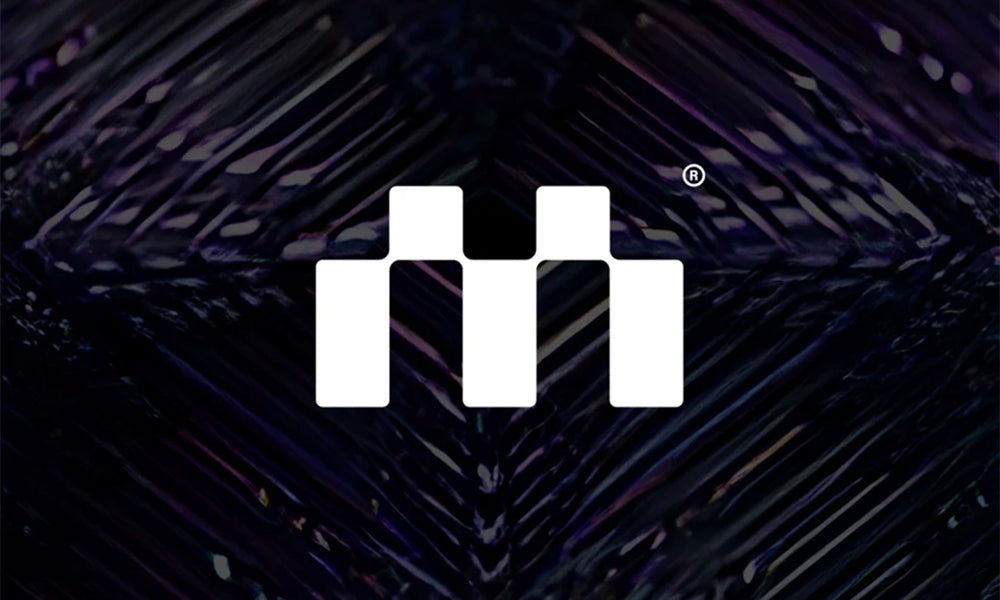
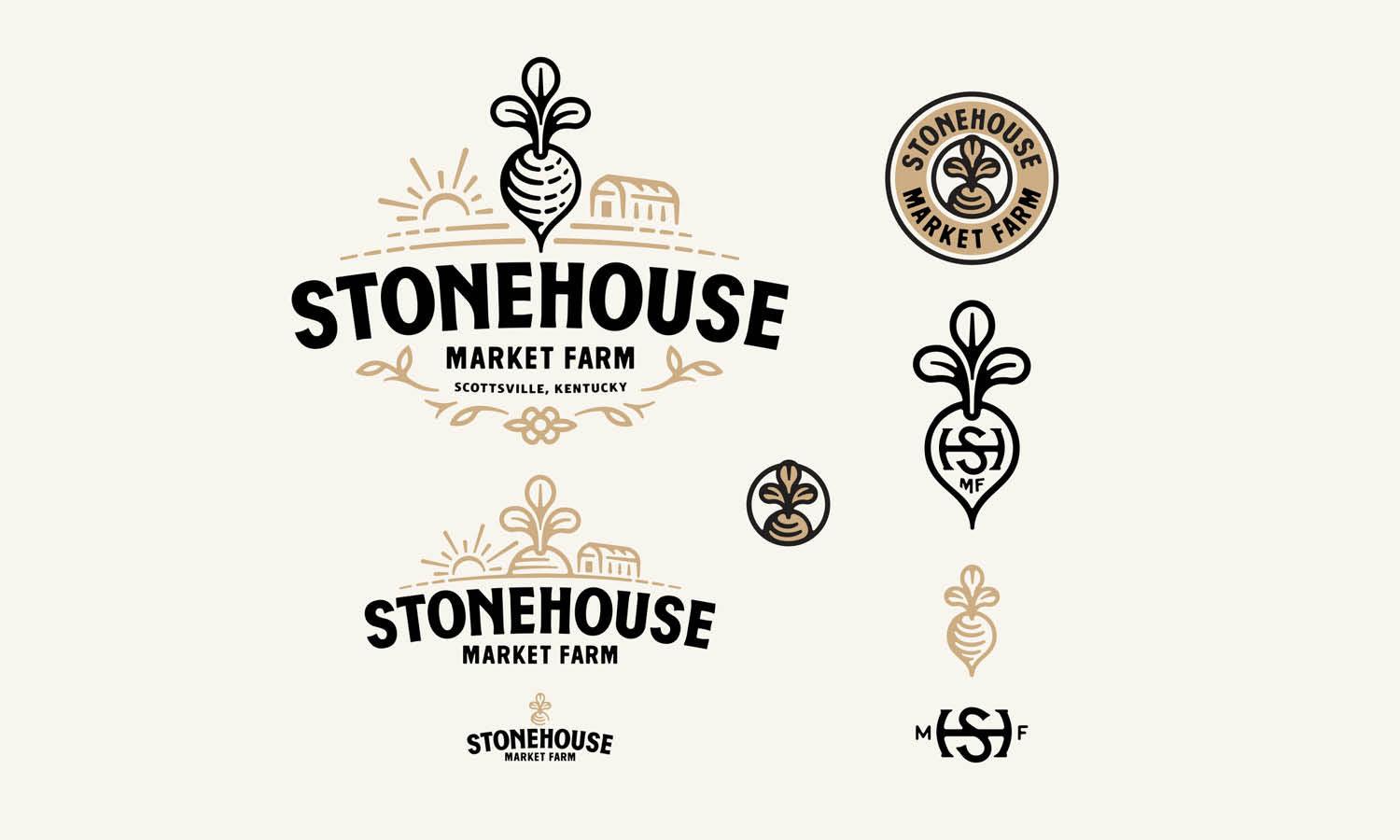

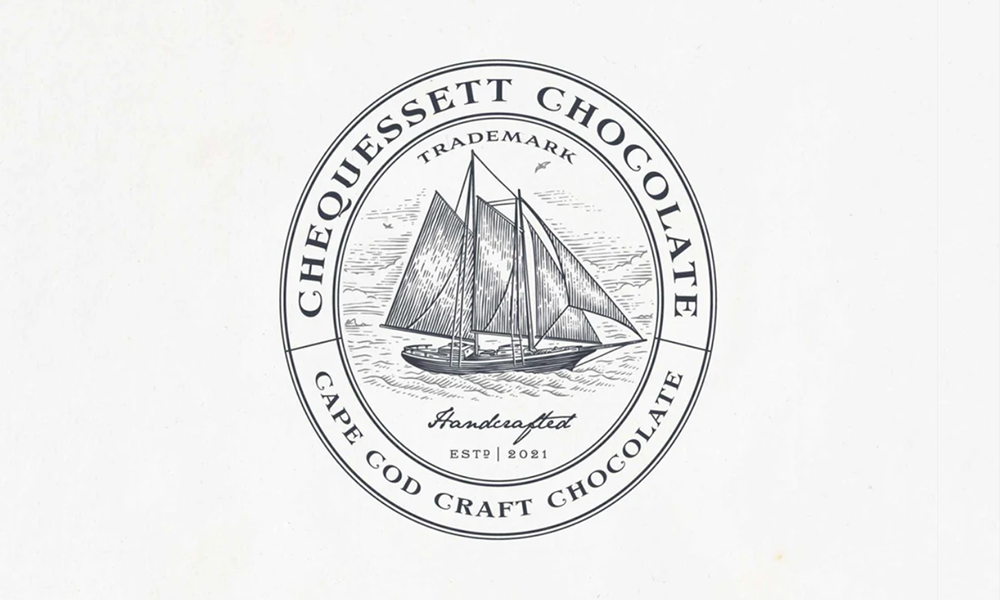
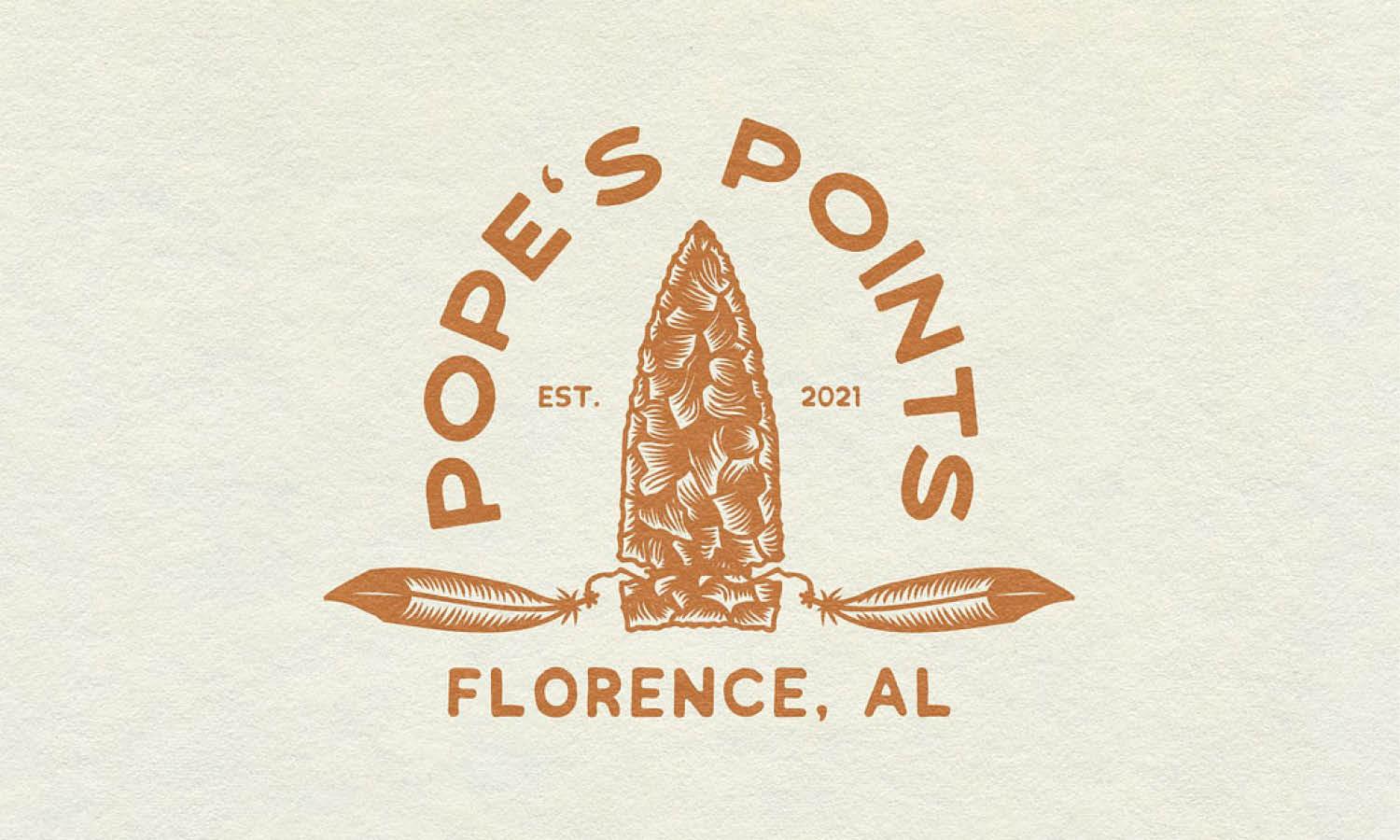
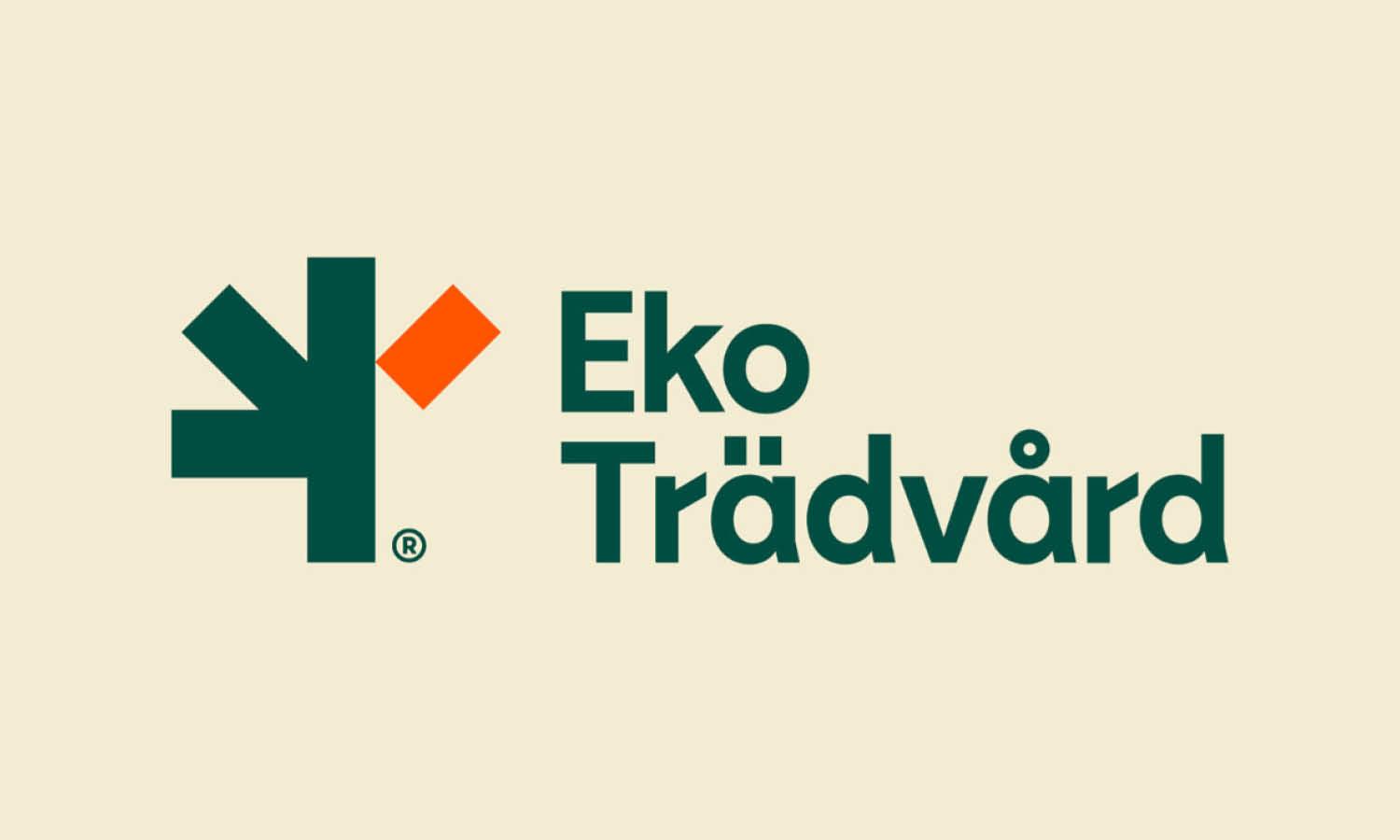
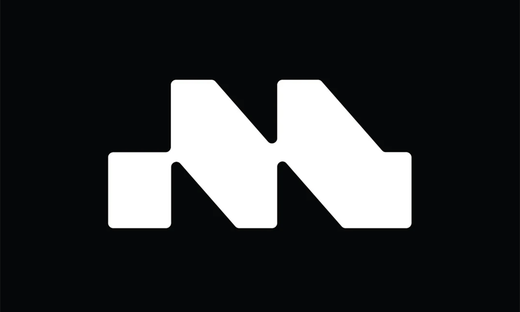






Leave a Comment